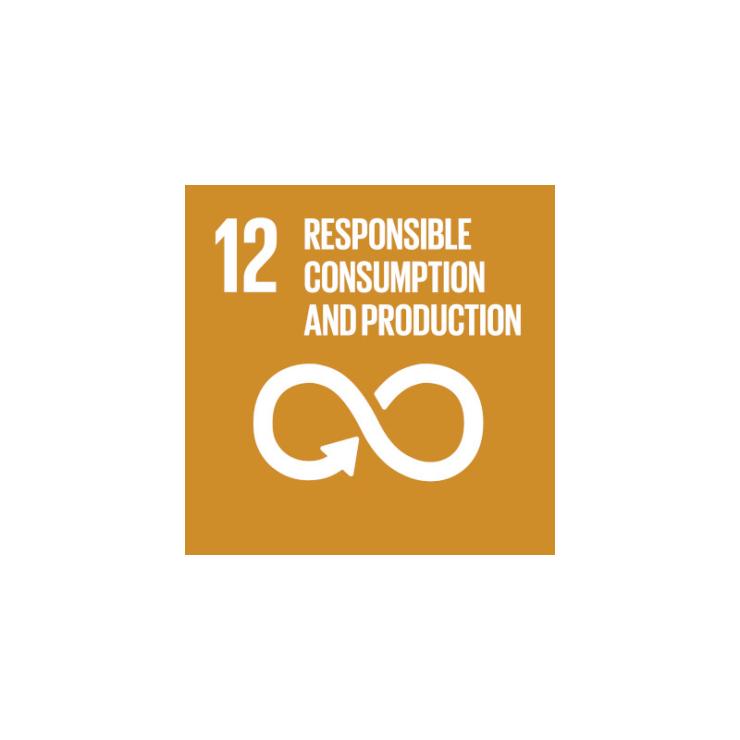

CLIENT II and SDG 12 – Responsible consumption and production
Just over half of the 81 projects in the CLIENT II funding programme on behalf of the Federal Ministry of Education and Research (BMBF) contribute to SDG 12. These projects can be found across Latin America, Asia, Africa and the MENA region, from Brazil to Vietnam to Namibia to Jordan. They also offer a range of solutions across six of the seven CLIENT II focal areas, namely resource efficiency and circular economy, land management, climate protection and energy efficiency, water management, adaptation to climate change, and sustainable energy systems.
For example, all of 17 CLIENT II projects in the focal area resource efficiency and the circular economy contribute to SDG 12. These projects are innovating and providing solutions to increase resource productivity and efficiency, to develop and manage sustainable resources, to find substitutes to critical resources, and to close material cycles and improve recycling processes. For example, with regard to finding sustainable alternatives to finite resources, in Vietnam the SAND! project (2019-2023) assessed alternative building materials to sand, which is one of the world’s most mined resources, with often negative consequences for the environment. With regard to recycling, the TRABBIO project (2019-2022) sought to transform Brazilian organic residue masses from agriculture and bioenergy production into recyclable materials and energy sources.
Some CLIENT II projects are also focusing on the sustainable extraction of resources or directly related aspects of sustainable land/water management. The ADRIANA project in Mongolia (2019-2022) used remote sensing technology to detect residual recyclable materials in mining tailing ponds to support feasibility studies for extraction and reuse. The I-WALAMAR project (2019-2022) tested and implemented sustainable technologies and services for water and land management in Morocco.
Of course, action on SDG 12 also has synergies with efforts to achieve the other 16 SDGs. As our SDG success story about the revolBRAS project (2021-2025) shows, there can be environmental, social and economic benefits to recycling waste materials. In using their innovative revolPET® technology to increase the recycling rate of PET-containing plastic waste in Brazil, plastic can be produced with far fewer emissions with benefits for SDG 13: Climate Action. The project also contributed to SDG 1: No Poverty by creating additional and more stable sources of income for those working in the informal waste recycling sector in Brazil.
On this basis of these examples, and many more, the CLIENT II funding programme is making a clear contribution to SDG 12, in particular Target 12.2: Sustainable management and efficient use of natural resources, Target 12.4: Responsible management of chemicals and waste and Target 12.9: Support developing countries to strengthen their scientific and technological capacity to move towards more sustainable patterns of consumption and production.
